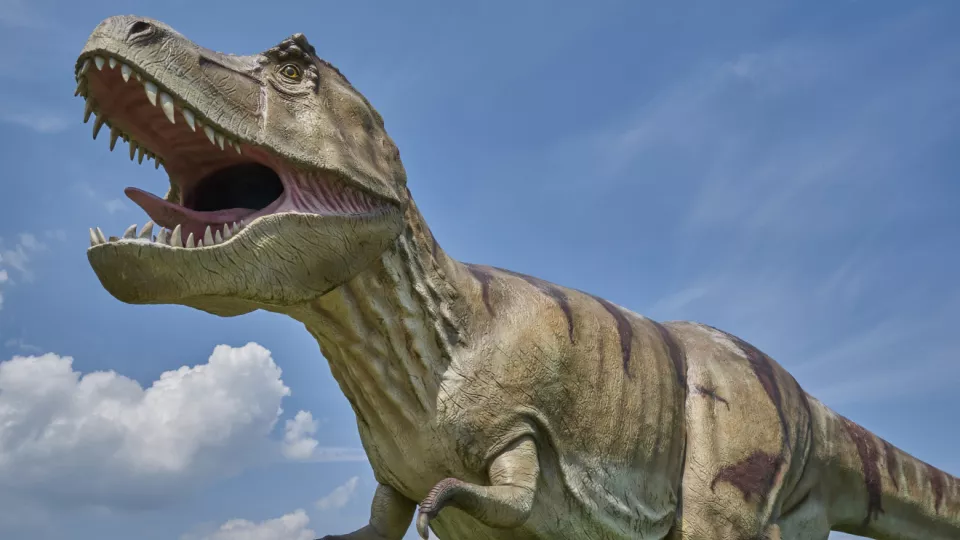The Chicxulub crater in Mexico is the largest impact crater formed on Earth over the past two billion years. That is hardly surprising. The power of an asteroid measuring ten kilometres in diameter crash-landing to Earth was equivalent to a billion Hiroshima bombs. The rock melted and enormous amounts of dust enveloped the planet in total darkness for several months. Photosynthesis ceased, food chains collapsed and 75 per cent of all invertebrates died out, as did the dinosaurs that starved to death in the compact darkness. In a new study published in the research journal Science Advances, researchers including those from Lund University establish what happened on Earth after the fatal collision.
“Now we can reconstruct in detail the sequence of events in the minutes, days, weeks and months following the impact. We can follow the effects of the gigantic fireball that spread from the crater”, says Birger Schmitz, professor of geology at Lund University.
The study in question is based on the analysis of drill cores extracted from the Chicxulub crater. The deposits, which consist of crushed rock and alluvial sediment, are hundreds of metres thick. But thanks to measurements of iridium – an element that asteroids contain in proportions elevated 100 000 times – the researchers have succeeded in identifying the centimetre-thin layer of clay from the time when the asteroid dust fell to Earth after the impact. To localise this layer, researchers used an iridium spectrometer in Lund, an instrument which is unique in the world. The spectrometer enabled Birger Schmitz and his colleagues Per Kristiansson and Mikael Elfman to analyse the layer of clay from the impact.
“We can see how the Earth first cooled down from all the dust and how an extreme greenhouse climate then developed when only the gases from the impact remained in the atmosphere. All this happened over the course of just one year. The new findings provide extremely valuable information about how the Earth’s climate system functions”, says Birger Schmitz.
The researchers have also found keys that explain the effects of the powerful earthquakes which occurred all over the world in connection with the asteroid impact. The earthquakes caused enormous tsunamis to roll in over the continents. In the bedrock under the southern Swedish region of Skåne, 60 metres below ground, there is a centimetre-thin layer of clay from the catastrophe. In the Danish location of Stevns Klint, the clay layer – which consists of the dust from the bedrock in the Chicxulub crater and the smashed asteroid – breaks through in the coastal cliffs.
“It is staggering that we can extract information from a material originating from the exact time when the dinosaurs became extinct. Thanks to this kind of basic research in geology and astronomy, which of course was not available at the time of the dinosaurs, we would be able to discover an asteroid threat in good time and prevent it from hitting our planet”, says Birger Schmitz.
The study is published in the research journal Science Advances.
